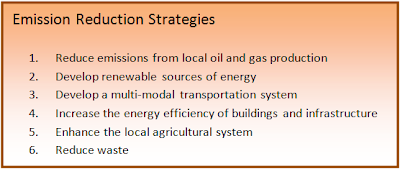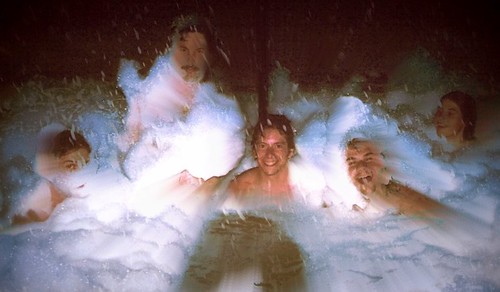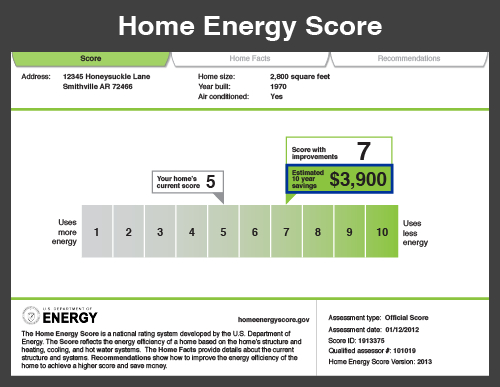Recently, my family had the opportunity to move into a new rental and choose the paint and carpet that would be installed. I was concerned that moving in the middle of the winter would not allow us to open doors and windows to vent the volatile organic compounds (VOCs) and other fumes that "off-gas" once paint, flooring and carpeting have been installed.
My family isn't particularly sensitive, but we do have a two year-old daughter who is developing her brain, muscle, and body at an alarming rate, and I don't want her breathing in chemicals. I voiced these concerns to my landlady Rosalie and asked her if I could pick no-VOC paints and seal any flooring she installs with AFM Safecoat sealers. She happily obliged and here is why:
High Quality and Equal CostI did a bit of cost comparison of paints found that zero VOC Mythic Paint sold at Handcrafted House was very similar in price to regular paint. Mythic paint is a non-toxic paint that provides the durability you expect from a premium paint without the off-gassing and cancer-causing toxins that emit years after drying. And you can breath easy knowing that Mythic has a very large selection of colors choices , with excellent coverage and smooth application.
Painters need to breath Too
The painter Rosalie hired to paint has been in the business for many years. In fact, he retired and is only doing jobs that allow him to use non-toxic paint. He was happy with the coverage of the Mythic Pro, using only one coat on most surfaces.
Rosalie was still living in the house at the time it was painted, and she voiced how pleased she was with the fumes that she avoided breathing using these paints too.
Flooring It
I was concerned about the carpeting outgassing carcinogens as formaldehyde, toluene, benzene, xylene and styrene during the winter months when we are inside most. Sheryl at Handcrafted House pointed me in the direction of a product I didn't even know existed: Carpet Seal. It is designed to prevent the outgassing of harmful chemicals used in carpet backing. Carpet Seal is odor-free and effectively blocks outgassing for up to five cleanings or one year.
Creating a beautiful home for you and your family is an exciting process, but it isn't just about the looks. Don't forget to care for your health as you choose your finishes. Call Sheryl at Handcrafted House at 970.247.4046 to learn more!
Good Health to you and your family in 2014 and beyond!
About the Author
Teresa Shishim is Program Manager at 4CORE. She is a Colorado native who is dedicated to improving where we live through collaboration. She earned her Bachelor of Science degree in Environmental Science at Western Washington University and has significant experience managing and coordinating projects and programs, including marketing campaigns, volunteer programs, and events. She gained this experience through a variety of positions, including serving as the Director of a non-profit river restoration group and as Marketing Manager for a start-up software company.
My family isn't particularly sensitive, but we do have a two year-old daughter who is developing her brain, muscle, and body at an alarming rate, and I don't want her breathing in chemicals. I voiced these concerns to my landlady Rosalie and asked her if I could pick no-VOC paints and seal any flooring she installs with AFM Safecoat sealers. She happily obliged and here is why:
High Quality and Equal CostI did a bit of cost comparison of paints found that zero VOC Mythic Paint sold at Handcrafted House was very similar in price to regular paint. Mythic paint is a non-toxic paint that provides the durability you expect from a premium paint without the off-gassing and cancer-causing toxins that emit years after drying. And you can breath easy knowing that Mythic has a very large selection of colors choices , with excellent coverage and smooth application.
Painters need to breath Too
The painter Rosalie hired to paint has been in the business for many years. In fact, he retired and is only doing jobs that allow him to use non-toxic paint. He was happy with the coverage of the Mythic Pro, using only one coat on most surfaces.
Rosalie was still living in the house at the time it was painted, and she voiced how pleased she was with the fumes that she avoided breathing using these paints too.
Flooring It
I was concerned about the carpeting outgassing carcinogens as formaldehyde, toluene, benzene, xylene and styrene during the winter months when we are inside most. Sheryl at Handcrafted House pointed me in the direction of a product I didn't even know existed: Carpet Seal. It is designed to prevent the outgassing of harmful chemicals used in carpet backing. Carpet Seal is odor-free and effectively blocks outgassing for up to five cleanings or one year.
Creating a beautiful home for you and your family is an exciting process, but it isn't just about the looks. Don't forget to care for your health as you choose your finishes. Call Sheryl at Handcrafted House at 970.247.4046 to learn more!
Good Health to you and your family in 2014 and beyond!
About the Author
Teresa Shishim is Program Manager at 4CORE. She is a Colorado native who is dedicated to improving where we live through collaboration. She earned her Bachelor of Science degree in Environmental Science at Western Washington University and has significant experience managing and coordinating projects and programs, including marketing campaigns, volunteer programs, and events. She gained this experience through a variety of positions, including serving as the Director of a non-profit river restoration group and as Marketing Manager for a start-up software company.


































